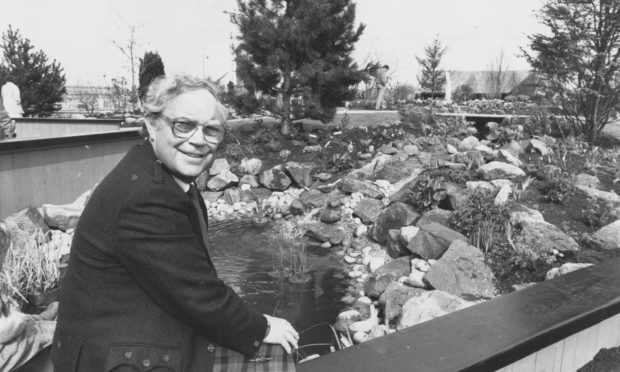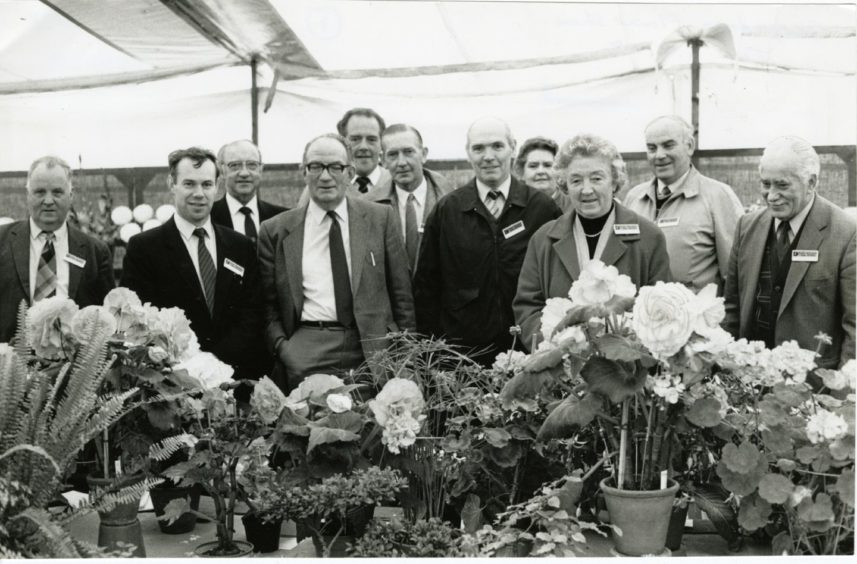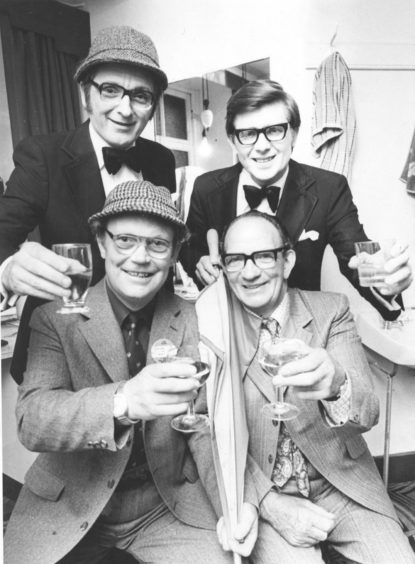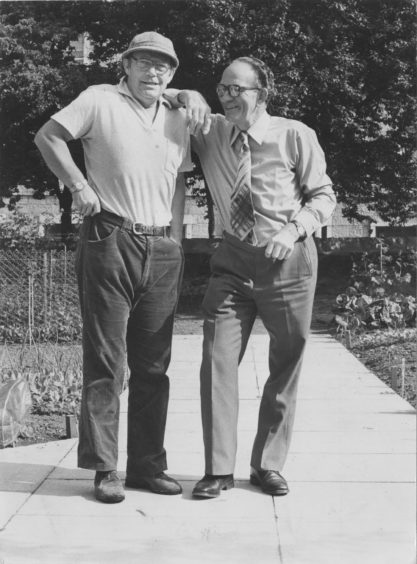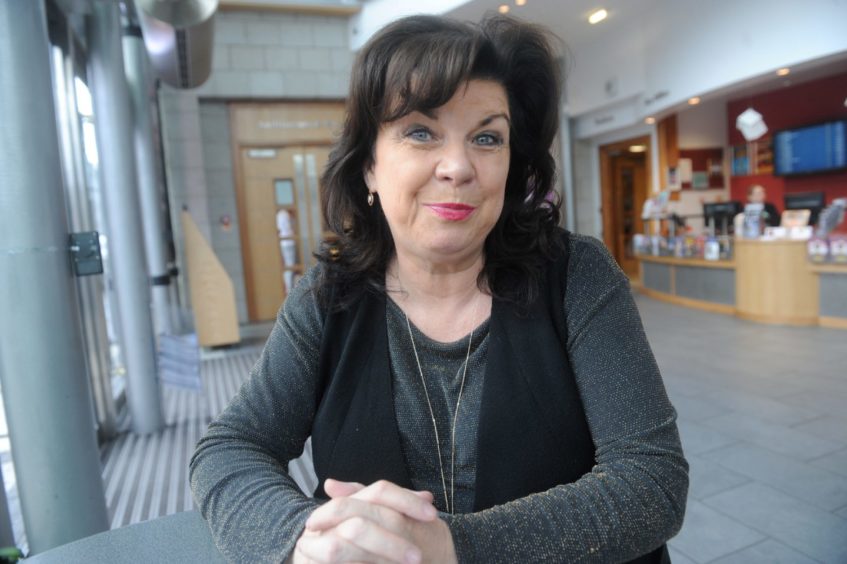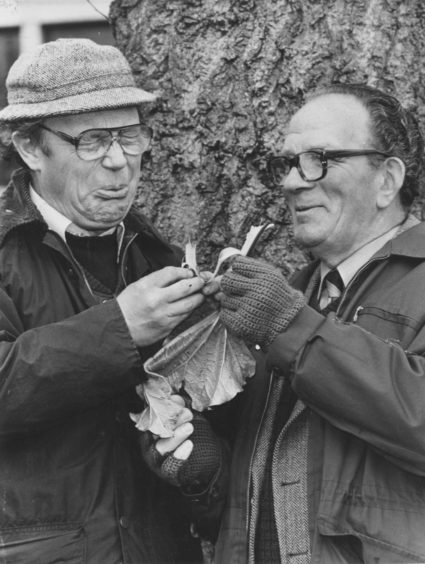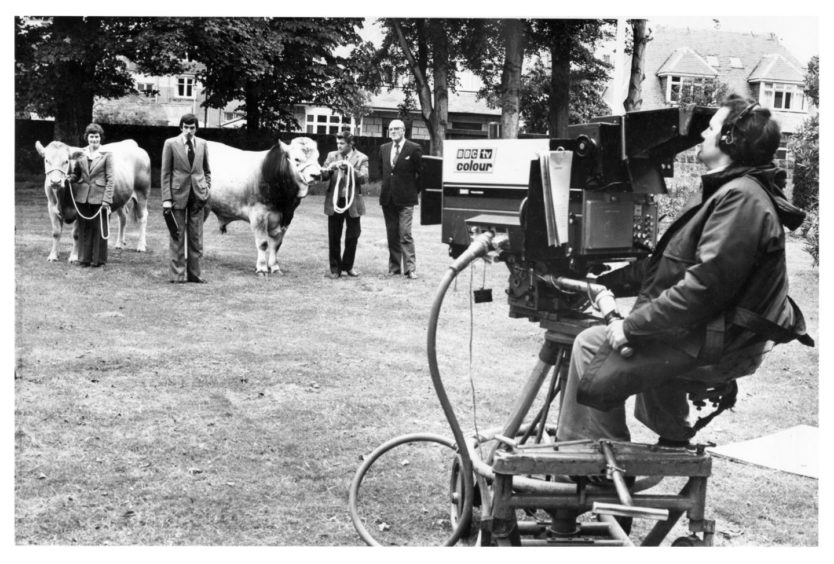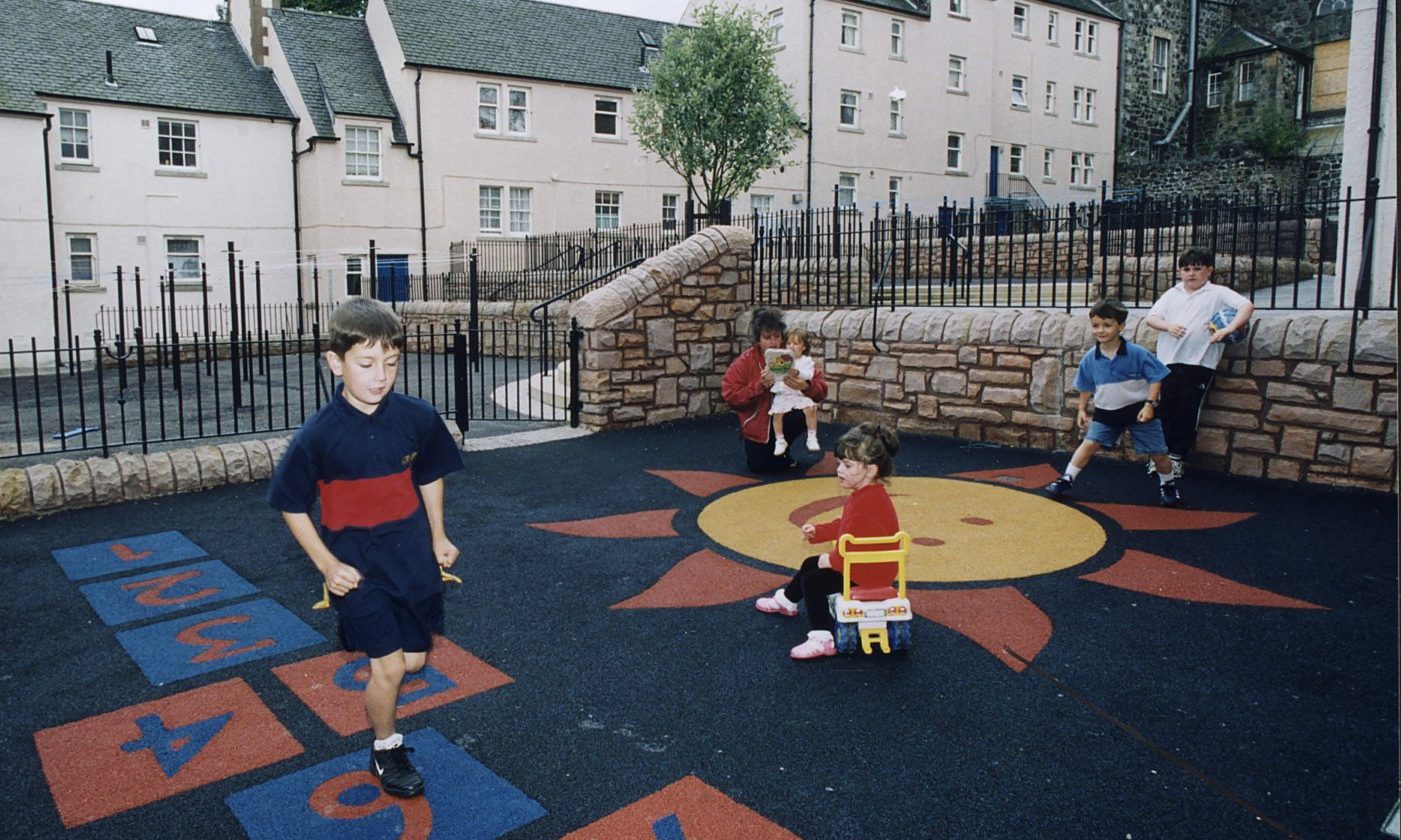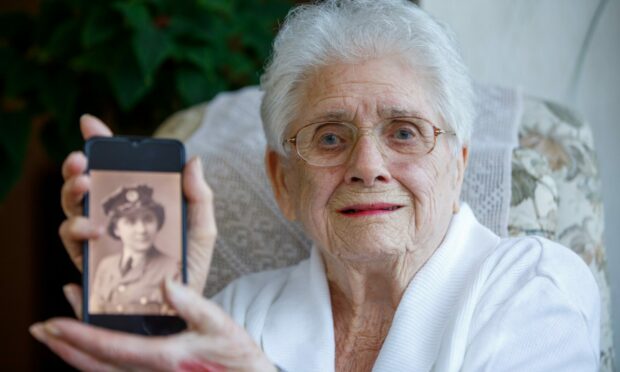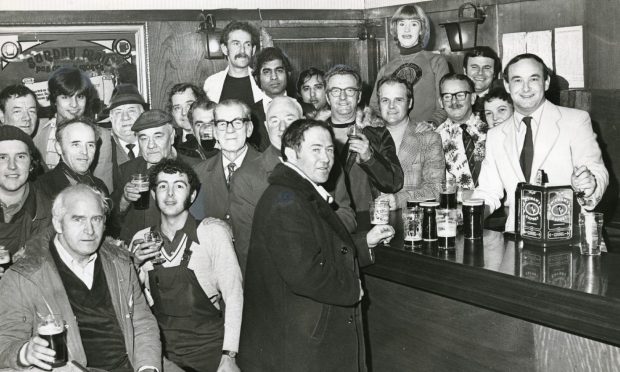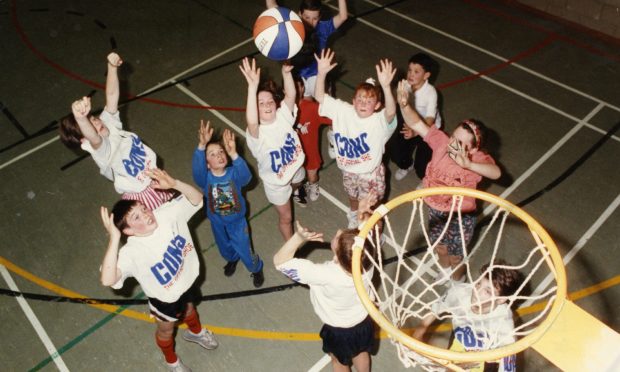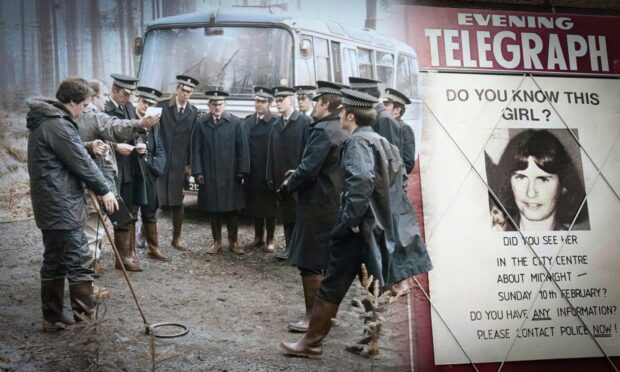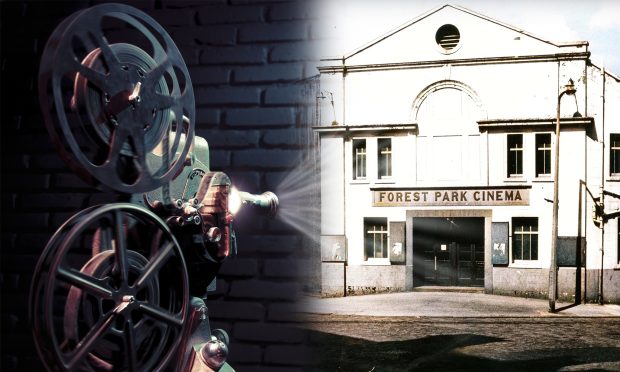Jaws dropped in households across Scotland in 1978 when George Barron told television viewers he was off for a “wee jobbie” in the potting shed.
It was one of those unforgettable moments where scores of people did a double take and wondered if they could believe their ears.
Yet, more than 40 years later, and even though George has long departed to that great greenhouse in the sky, the Beechgrove Garden has become a treasured part of Scottish life and is one of Aberdeen’s best-known broadcasting exports.
It may have a simple formula, but it has tapped into the sprouting popularity of horticulture; one of the few industries which had actually flourished in lockdown.
And much of that success is down to the couthy charm, decades of gardening experience and enthusiasm and commitment which has oozed from the Beechgrove environs and such hardy perennial presenters as Jim McColl, Carole Baxter and George Anderson.
The new series begins this week and while P&J columnist Jim packed away his trowel in 2019, his famous words “Every day’s a school day” sum up the programme’s philosophy.
No frills, no grand designs, just a passion for planting which others can follow.
The original idea was nurtured in the US
One might imagine, given how ingrained it is in the TV schedules, that Beechgrove was as Scottish as Burns suppers, Nessie and the Tartan Army.
However, the show actually owes its origins to a concept which sprung up in America.
John Macpherson, the producer of the inaugural series 43 years ago, recalled: “The Beechgrove Garden came from a variety of people who had seeds of ideas.
“But what really kicked it into life was a visit by a BBC Scotland executive to the United States, who saw a programme called the Victory Garden, which was set out in the backyard of WGBH Boston.
“Word of this soon got back to BBC Aberdeen director Mike Marshall and plans were drawn up to set about cultivating a corner of land right behind the Beechgrove Terrace studios. And that was how the whole thing started.”
The chemistry was there from the outset
Jim McColl, one of the original presenters alongside Mr Barron, has always been a down-to-earth character; an ideal trait for a gardening guru.
In his earlier days, he was once on the books at Kilmarnock FC, but stamped his imprint all over Beechgrove as soon as the cameras started rolling.
He recalled: “At the beginning, we were given a blank canvas. There was nothing set in stone. Beechgrove was going to be out there, in the back garden. And the rest is history.
“We took the ‘semi-detached suburban garden’ and asked: ‘What does it have? What would people like to have in it?’ And we set off from there.
“In the early days, one of the funny things was hearing people say: ‘What makes you think that you know all this and can present it as if you’re doing the right thing?’
“My answer to that was that George Barron was standing next to me and he had 60 years experience and I’ve got 40 years experience in horticulture.
“That is 100 years between the two of us. So if we canna talk for three minutes about how to grow tatties, then it’s a pretty poor do!”
The day when Jim went to pot
Jim had acquired some broadcasting knowledge before he even arrived in Aberdeen – and discovered he had to mind his sweet peas and qs in his role as radio expert.
He said: “Before starting with Beechgrove, I was appearing on a show, hosted by Frieda Morrison, when a chap from Perth rang in and asked for advice about growing a plant called Northern Lights.
“The others [on the panel] thought it was a type of cabbage, but I knew he meant a type of cannabis plant because, previously, I had grown cannibis sativa in a foliage border in the Reading University Bsc students teaching garden in Shinfield in 1960.
“I gave the caller plenty of advice on how to grow the plant – but then, just a few days later, the police got in touch, wanting to know the caller’s details.”
New faces have emerged throughout the years
Remarkably, in the early days of the show’s history, a million viewers – around 20% of the population of Scotland – tuned in to watch the couple exchange advice and tips.
Then, in the mid-1980s, the programme broke new ground when Kent-born Carole Baxter became the first woman to co-host a TV gardening show.
There were no gimmicks, no attempts to appeal to a “yoof” audience, but the newcomer quickly made her mark and demonstrated her ability to join her older colleagues in getting her hands dirty.
She recalled: “I was asked to present and there were a couple of things I said straight away. One of them was: ‘Oh, you’ve got to be joking. You know I’m female, right?’
“Because, until then, it was two men, it was Jim and George. And then it was Jim and Dick Gardiner for two years. And then, of course, I reminded them I was English.
“But thankfully, none of that seemed to matter. And it was a pleasure to work with them all and travel up to the beautiful north east of Scotland.”
The programme was launched at the right time
In 2018, a 40th anniversary programme was screened to celebrate the remarkable success story of the allotment scheme which became a national phenomenon.
And Elaine C Smith, who narrated the affectionate documentary, helped explain why Beechgrove arrived at the perfect moment for a generation who were moving out of tenements and high-rise flats and finding themselves with little plots of land.
She said: “My first experience of having a garden was when we moved to a council house with a garden when I was about four or five.
“Until then, we had been living in a tenement with a shared back court, so there was no gardening required, really. It was quite a new thing for my dad to be presented with a garden and we had to find out what to do with it.
“If you wanted advice on where to start, you had to go to the Beechgrove Garden.”
Nothing fazes these hardy Beechgrove regulars
The climate isn’t for the faint-hearted in the north of Scotland, where the locals can go through four seasons in the space of a few hours.
And there have been some seriously bad winters since Beechgrove began blooming, while the presenters have had to deal with the grievous impact of such events as Storm Frank in 2015 and the “Beast from the East” three years later.
Yet, no matter the vagaries of the Scottish weather, the show must go on. After all, horticulture has become one of the country’s most lucrative pastimes and, in the weeks ahead, gardening cemtres will be opening their doors from Aberdeen to Aberfeldy.
As current presenter, George Anderson, said: “Jim has been standing in his short sleeves with the temperature at 24 degrees in April, then, the next week that we filmed, there was six inches of snow and the temperature was down to four degrees.
“People would ask: ‘How do plants cope with that and how do we cope with that?’
“Well, we do.”
The programme has unearthed some diamonds
That stoicism explains why Beechgrove still commands such impressive audiences. Presenters may come and go, but, like the land, the programme endures.
A few years ago, the show highlighted the remarkable horticultural exploits of Aberdeen-based Sandy Inkster, who was a TV natural, despite being 90 years of age.
He gained accolades for the quality of his gardens and allotments and, in 2017, also won the P&J Garden of the Year award for the whole of the north and the north-east.
Jim was among those who paid tribute when Mr Inkster died in 2019 and his words reflected many of the qualities which have kept Beechgrove evergreen.
He said: “I loved the man from the moment I met him back in the 1970s. He was a perfectionist, somebody who was enthused by everything to do with horticulture and it was always a pleasure to meet him and talk to him.
“It was a joy when he came on Beechgrove and although he didn’t make a big fuss about himself, he was the sort of person who inspires by example.”
Gardening had helped so many during lockdown
The BBC programme will be back this Thursday – on April 1 – but Jim doesn’t think there is anything foolish about people immersing themselves in their gardens.
On the contrary, he has no doubt about the benefits of people escaping from lockdown and watching things grow outside close to them.
He said: “I’ve known all my life that gardening is brilliant to get into, it is social, it can be taken at any level and it can be started at any time in your life.
“You can also do it anywhere and while someone 15 floors up in a flat might just be limited to boxes on the windowsill, that is still gardening.
“The simplest thing that people can do is buy a couple of dozen bags of seeds, or drop some potatoes into the ground, and in a couple of months they will multiply and then you will get a huge reward.
“The thing about gardening that is so great is that it is basic and anyone can do it.”
“There has certainly been a whole new bunch of people getting involved in it [during the lockdown period] since they have discovered what we have known all along – that it is rather an absorbing pastime.
“In my case, it is also a profession which started off in 1954 with a year’s practical before I went on to college. It has provided endless hours of joy and pleasure.”
And ultimately, no matter how much you have done on the lawn, in the greenhouse or amid the hanging baskets, there will always be other wee jobbies to deal with.
Beechgrove is on BBC Scotland at 8pm on Thursday.
You can find out more at:
https://www.beechgrove.co.uk/
